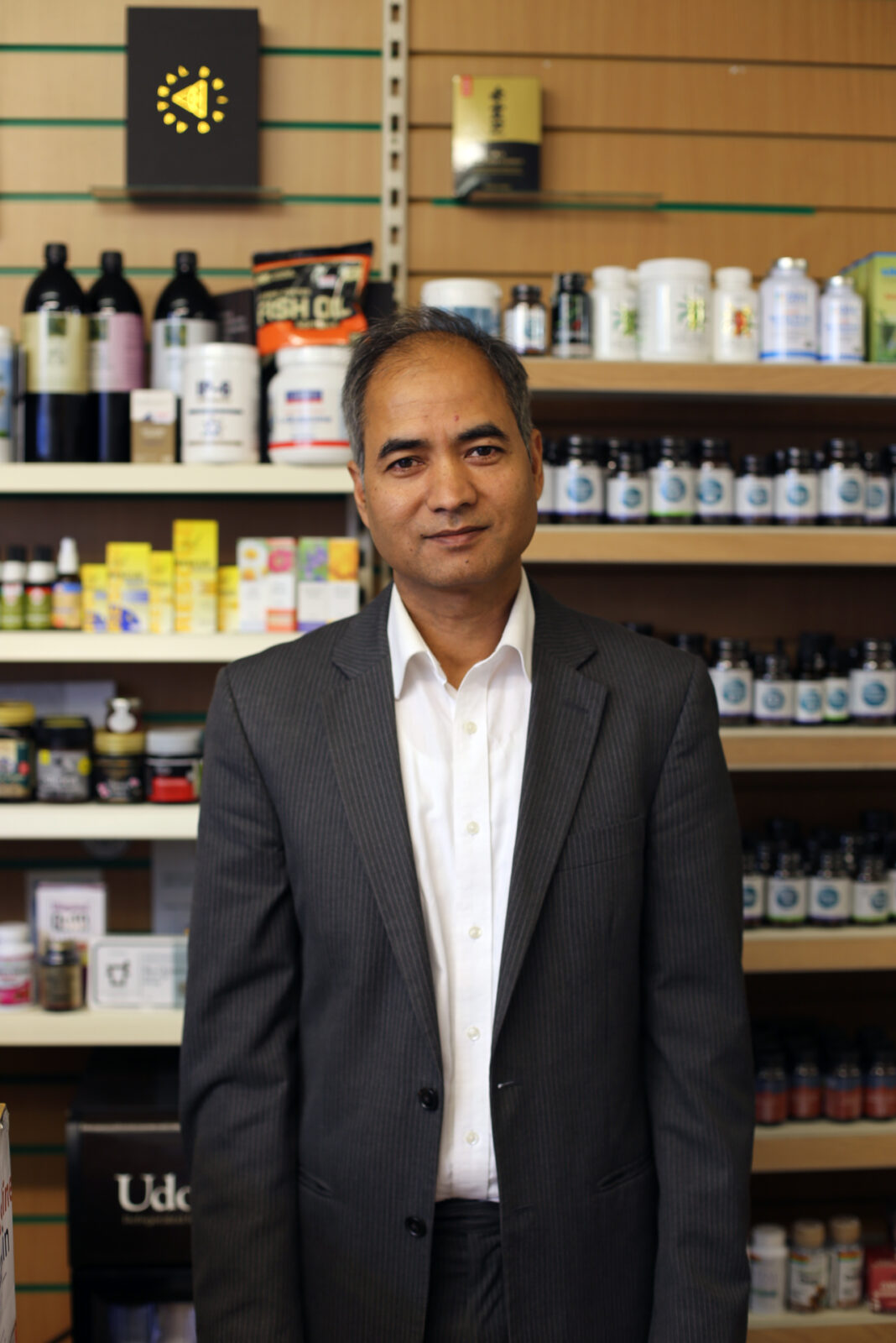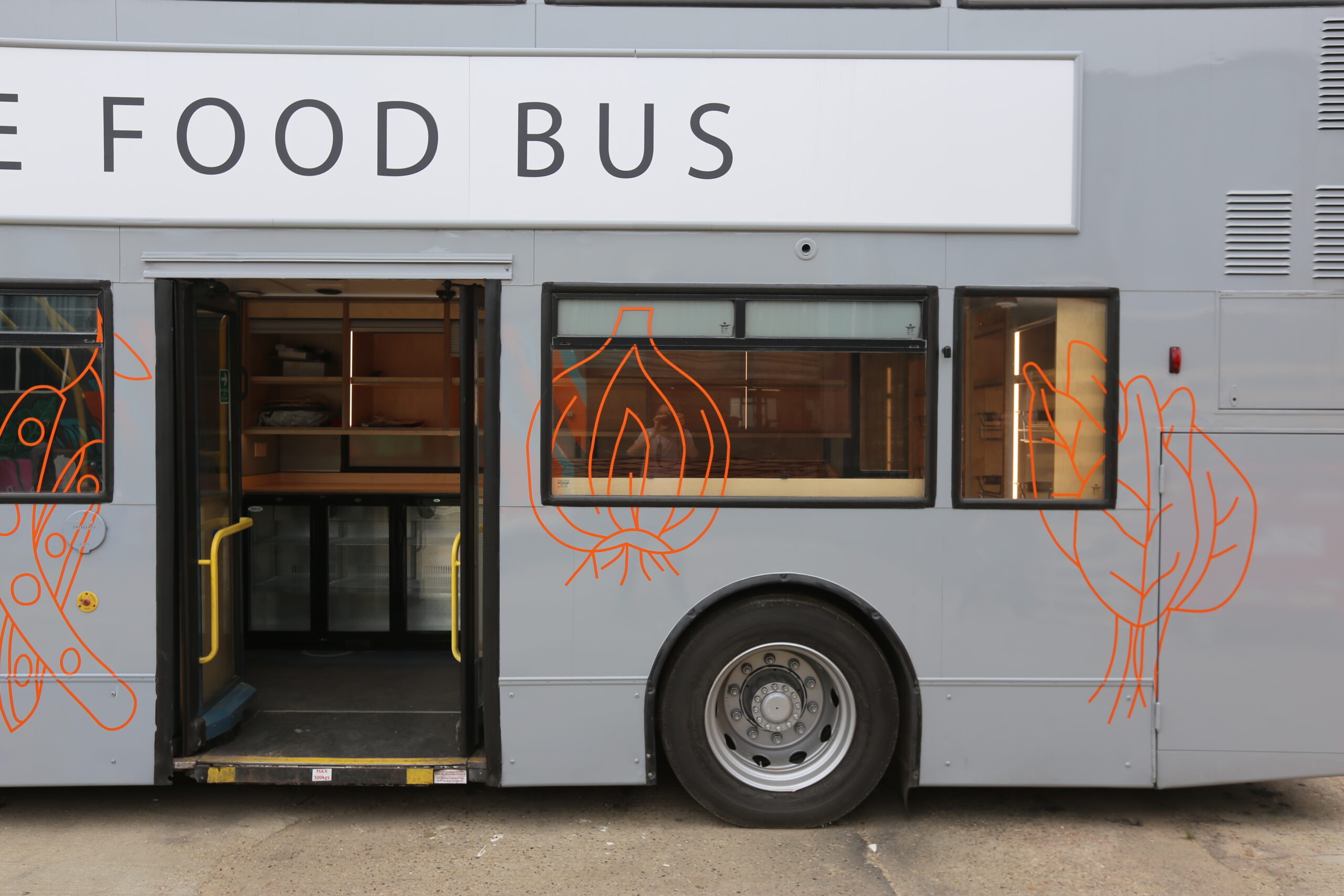Few architects will admit that the most effective response to the climate crisis may be to not build – or at least to build quite a lot less.
Architects often talk about sustainability in terms of carbon. No wonder: 40% of carbon emissions worldwide originate from the construction and occupation of buildings. As communities around the world suffer the impact of climate change, and recognition grows that behavioural change – particularly in advanced economies – will be an essential part of any solution, sustainability is of ever greater concern for architects. Yet, few of us architects will concede that the true value of our contribution may not be the delivery of a new building, but the thoughtful evaluation of our client’s needs and the formulation of an intelligent response that achieves a lot with just a little.



In his book, Small Change: About the Art of Practice and the Limits of Planning in Cities, Professor Nabeel Hamdi describes how moving a single bus stop into a deprived neighbourhood transformed a public space, bringing forth in turn dramatic economic and social opportunities for the surrounding community. The power of the approach Hamdi describes relies on abandoning rigid professional protocols, and instead defining a practice through the specific context of a site, its community and the specific challenges at hand. If we address each brief with an open mind, reserving judgement on the proposition – and indeed whether a building is actually needed – until we have thoroughly engaged with and understood the place in question, we may find that a transformational impact can be achieved with limited means.
The environmental crisis requires us to re-consider not just what we design, but also the very design process itself. As a result, when judging design quality the thoughtful and inclusive engagement with a place and its people is just as important as visual and technical sophistication of the final outcome.
The United Nation’s 17 sustainable development goals consider environmental and social goals as a set of interlinked priorities:
(1) no poverty, (2) zero hunger, (3) good health + well-being, (4) quality education, (5) gender equality, (6) clean water and sanitation, (7) affordable and clean energy, (8) decent work and economic growth, (9) industry, innovation and infrastructure, (10) reduced inequalities, (11) sustainable cities, (12) responsible consumption, (13) climate action, (14) life below water, (15) life on land, (16) peace, justice and strong institutions, (17) partnerships for the goals
What if architectural design quality were judged against the UN’s sustainable development goals?
As well as placing both people and the environment at the heart of what we do, would we also achieve a much more colourful, diverse and exciting built environment that responds more profoundly to the needs and desires of the communities we work with?
If we embraced a more open and collaborative design process, could we create more opportunities for work and learning, redress inequalities and share innovation even before any construction starts?

We’d like to talk about two projects which speak to these concerns and embrace the UN’s wider understanding of sustainability.
The Wandsworth Food Bus is a mobile affordable supermarket serving South London’s food deserts, while Drummond Street, a high street regeneration project supporting a unique local neighbourhood. The former addresses many of the UN’s sustainable development goals primarily as a result of the scheme itself, the latter through an inclusive design process.
The Food Bus works toward sustainability by converting an existing vehicle, fitting it with a new sustainable exhaust and a photovoltaic energy system. By using a bus rather than a building, we have reduced the project’s embodied energy, while increasing its range and impact, helping the project to serve multiple neighbourhoods and work toward several of the UN’s sustainable development goals.


The Wandsworth Food Bus was conceived with charity Feeding Britain to bring affordable, fresh food to chronically underserved areas in Wandsworth and Lambeth. The project aims to ease some of the pressure on household budgets at a time when many of the very poorest in society are experiencing additional challenges associated with the pandemic. A regular shopping basket of goods is available to buy at a fraction of its usual cost, with much of the food sourced from retailers’ surplus stocks.
The Food Bus represents a new way of bringing help right to the doorstep of some of the most vulnerable individuals and families. We hope that the project will transform the experience of accessing support into a civic event with positive and convivial overtones.
Drummond Street is a north London neighbourhood centre with a distinct cultural identity still defined by local businesses established by first generation Indian and Bangladeshi immigrants. For three years we have been working closely with local restaurateurs, Camden Council and the Euston Town business improvement district to devise a strategy that will secure the future of local businesses in the face of a range of economic and social challenges.
All of our partners understand that the area’s needs cannot be met by spatial intervention alone, and that a more nuanced approach is needed. We began by listening to and recording the stories of local stakeholders and resident cultural institutions. These conversations informed a vision to re-orientate the high street toward the west, drawing in new customers through livelier manifestation of Drummond Street’s unique identity and enticing them to linger in an improved streetscape, overlooked by refurbished façades. We used a publicity campaign to build excitement for the transformations to come, and created a series of educational films for local schools introducing the professions involved.

The vision helped to secure regeneration funding. Physical works and a comprehensive business support programme are now under way. London’s first modular ‘Streatery’ has replaced car parking spaces with seating for al fresco dining, helping in particular to re-establish lunchtime trade. Repairs to shopfronts, new street lighting, planting and pedestrianisation will follow in the months to come. As architects our role involves much more than the design of buildings, we are the custodians of the community’s vision and the enablers that see that vision implemented, step by step.
We believe that retaining and repairing historic buildings, re-calibrating the balance between motorized and pedestrian movement and planting are innately sustainable strategies, but where our work on Drummond Street goes further is in the social, educational and economic opportunities that the project presents to the existing community. Although physical works are modest in scale, the project has brought about a partnership between businesses, residents, the BID and the local authority. This collaboration will have the combined power to sustain positive change and re-position the area as both a premier destination for an authentic gastronomic experience and a successful civic space for residents. Sustainability is all these things together, social-, economic- and environmental cohesion.
[1] Nabeel Hamdi, Small Change: About the Art of Practice and the Limits of Planning in Cities